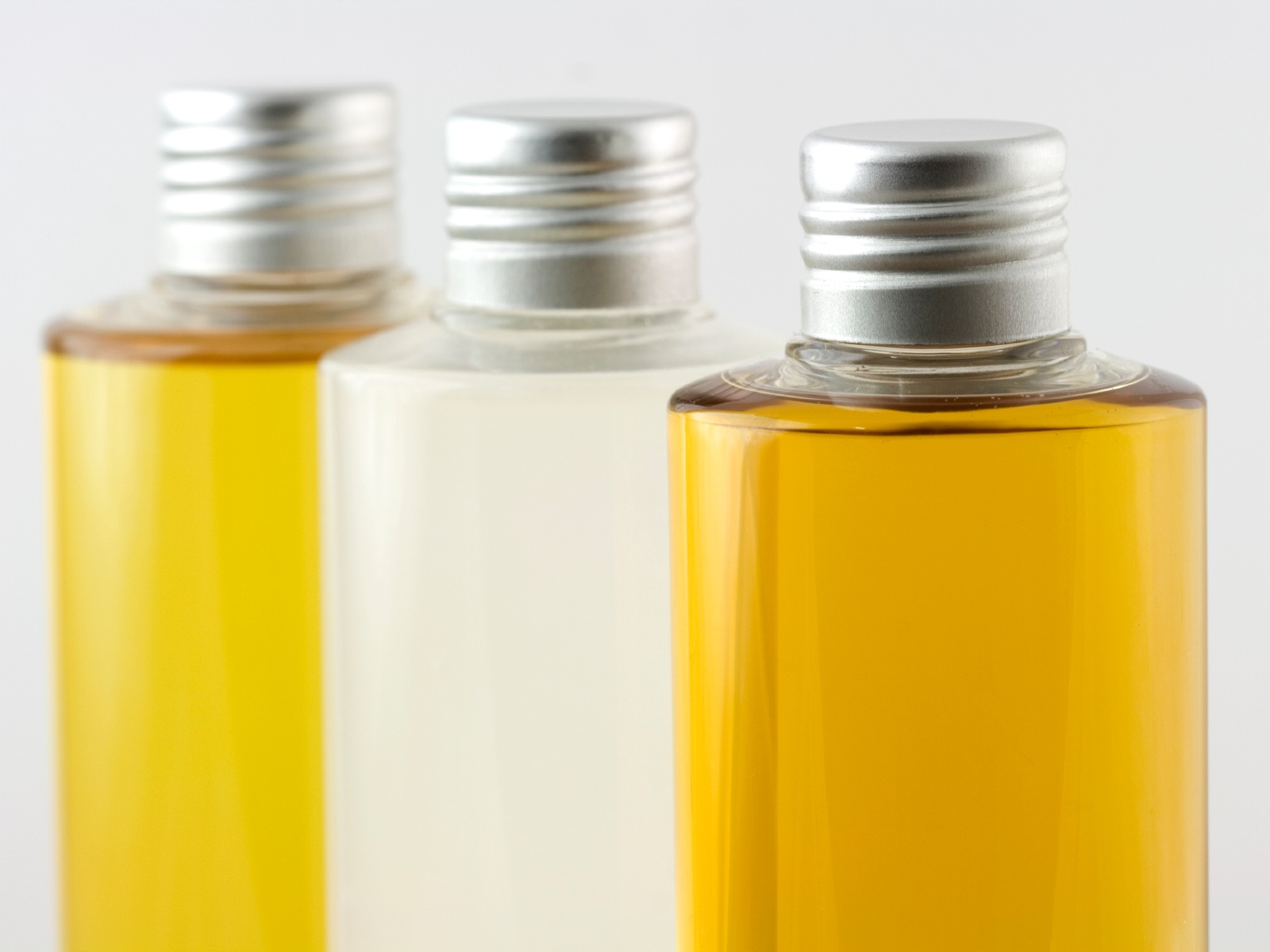Olive oil blends are a common oil option in both the food manufacturing and food service industries.
Blends can have a lot of advantages. In the manufacturing world, they are a great option for a mild-tasting oil: they still allow you to use olive oil and have it on your label, but without the strong flavor. They also help you meet lower raw-ingredient costs. On the foodservice side, olive oil blends typically have higher smoke points (from the added canola oil) and help keep your kitchen costs down.
Olive oil blends can have disadvantages to them too — especially when you’re not 100% clear on what you’re buying. Today, we will break down the different factors that can affect blends, as well as some tricky industry marketing that you need to be aware of when you’re sourcing.
Blend Percentages
All blends come in ratios: 75/25, 80/20, 90/10 and more. This means that the product should be made up of 75% canola oil (or any other cheaper, light-tasting oil) and 25% extra virgin olive oil. It’s also possible that depending on the wording on the label, the olive oil is not Extra Virgin but could be made up of some other grade of olive oil instead.

What Types of Oils Are Actually In Your Blend?
First things first: what is your blend made up of?
Sometimes, your blend won’t specify Extra Virgin Olive Oil, and instead will just read “olive oil”. This typically means Pure Olive Oil or even Olive Pomace Oil may have been used — it’s important to double check this part on a spec sheet or COA.
The FDA requires that the category of oil be listed on the ingredient label, but not necessarily the exact grade. “Olive Oil” could mean olive pomace oil, pure olive oil or extra virgin olive oil. However, most people, when using more expensive grades like EVOO, will want to show that on the ingredient label. Usually just using the term “olive oil” means there is a lower grade of oil inside that blend.
Bottom Line: Ask for spec sheets, and be clear as to what types of oils you’re getting inside the blend so that you know what you’re paying for.
Beware Of “Up To” Blend Percentage Statements
In the foodservice world (where low price is king), some brands have started listing an “Up to” statement, hidden into in their ingredient listing. For example, a 90/10 Blend may have the title “90/10 Olive Oil Blend”, but written into the Ingredient Listing is the following: “Canola Oil, with Up To 10% Olive Oil”.
What this “Up To 10%” statement means, is that you may be getting a blend with 10% EVOO, or it may be 5% or it may be 1% — and it’s much more likely that it’s the smaller amount. Why? Because it allows the brand to lower the cost for you and increase the profits for themselves. The actual blend used is outside of your control, even though, based on the title of the product, you (and your customers) think that you are buying a 90/10 blend.
So, while you think you may be buying a 90/10 blend, what is inside is actually a 99/1 blend, allowing them to price the product lower than their competition and win your business. In that process though, they often won’t fully lower the price to what would really be equivalent to a 99/1 blend — instead, they can increase their profits and lower the price just enough to get your business. The unfortunate thing is that the end your consumers loose, as do you: neither of you is actually getting what you think you are.

You Can’t Test For Blend Percentage Purity
Here’s the other important thing to note: you can’t use lab tests to see if blend percentages are accurate. You can test a100% Extra Virgin Olive Oil to determine if there’s any inferior oils in it. However, when you’re dealing with blends that are already a mix of two oils, you can only determine if those two oils are in fact present in the blend — not which exact ratios they are found in.
For example: if you thought you were buying a 75/25 blend and your supplier only filled it to a 90/10 blend (to reach your price goals), there’s no way that you could test and prove that you’ve been duped.
So what can you do to prevent all this? Well, the first thing you can do is to work with a supplier that you completely trust, who values honesty and authenticity.
The next is to beware of blend prices that are suspiciously low. You can do your own math, based on your current EVOO and canola oil unit costs — when you do 75% of one price and 25% of the other and add them together, you should get somewhere close to or just below to the 75/25 blend price (because the process of blending takes extra time).
If you’re not getting a number that is close and your blend price seems much cheaper, the math is telling you something: that blend is not what it claims to be!
How Do You Avoid Being Scammed?
It’s a challenge — a full industry-wide challenge. The first step is to be aware of the signs and ways that companies can trick you with marketing statements:
- Look for “up to X %” written in the ingredient statement
- Ask which oils are used in the blends if they just state “olive oil”
- And most importantly, don’t believe pricing that is too good to be true
Remember, if it looks too good to be true, it probably is. Or more likely, you’re simply NOT receiving the blend ratio that you think that you are.
Remember: you can do your own math to cross-check prices that seem too good to be true. For a 75/25 blend, take 75% of your current canola cost and 25% of your current EVOO cost (both in the same packaging your blend will be in) and add them together. You should get somewhere close or just below to the 75/25 blend price. If your blend price is much lower, you know you’ve got an issue!
Last but not least, work with a supplier who has a reputation for quality. It’s important to partner with someone who has a strong olive oil testing program in place and to make sure they are doing lab testing on the olive oil once it is in their hands here in the US, not just overseas.
Make sure you get Letters of Guarantees or even references from other colleagues in the industry. Ask your peers: Who’s known for supplying high quality oil? Which suppliers really care that they’re telling their customers the truth?
Topics: Purchasing & Procurement












